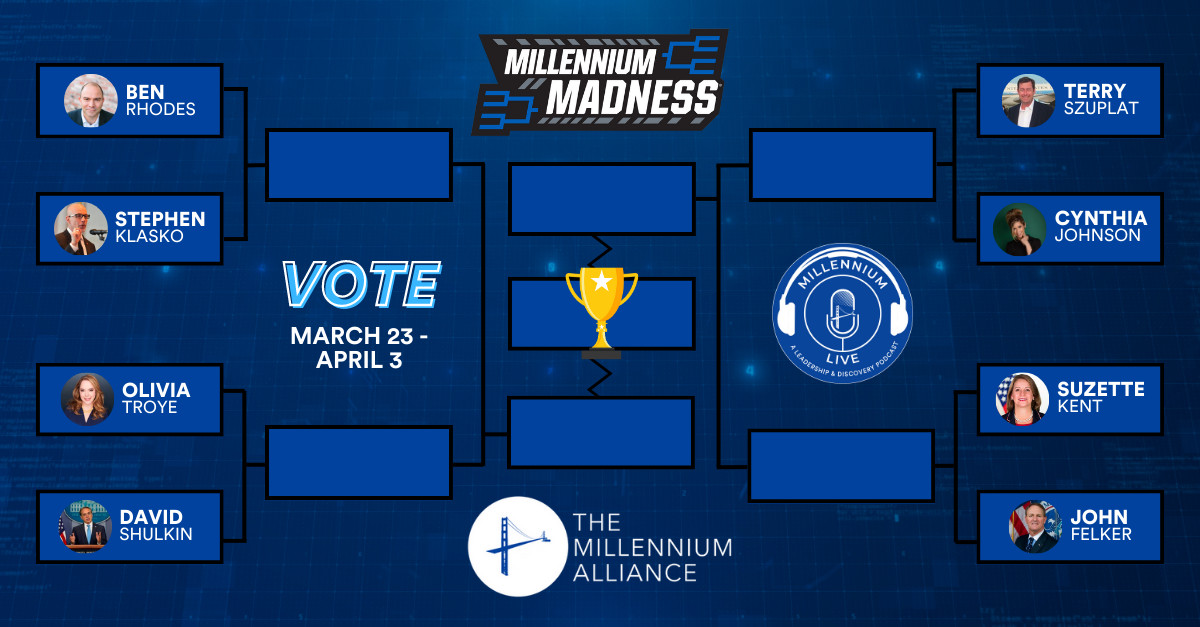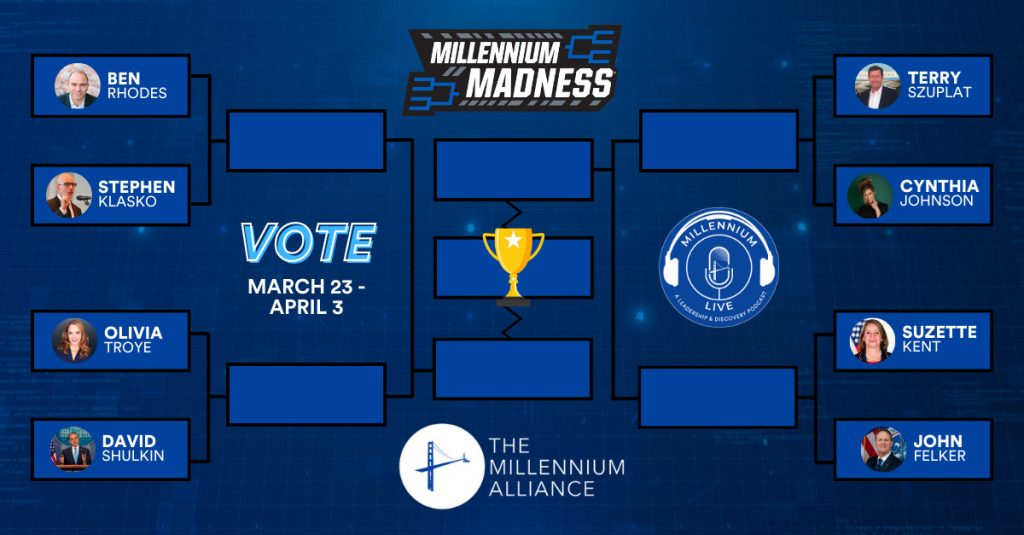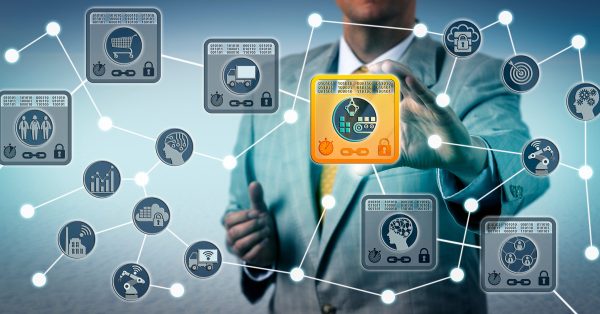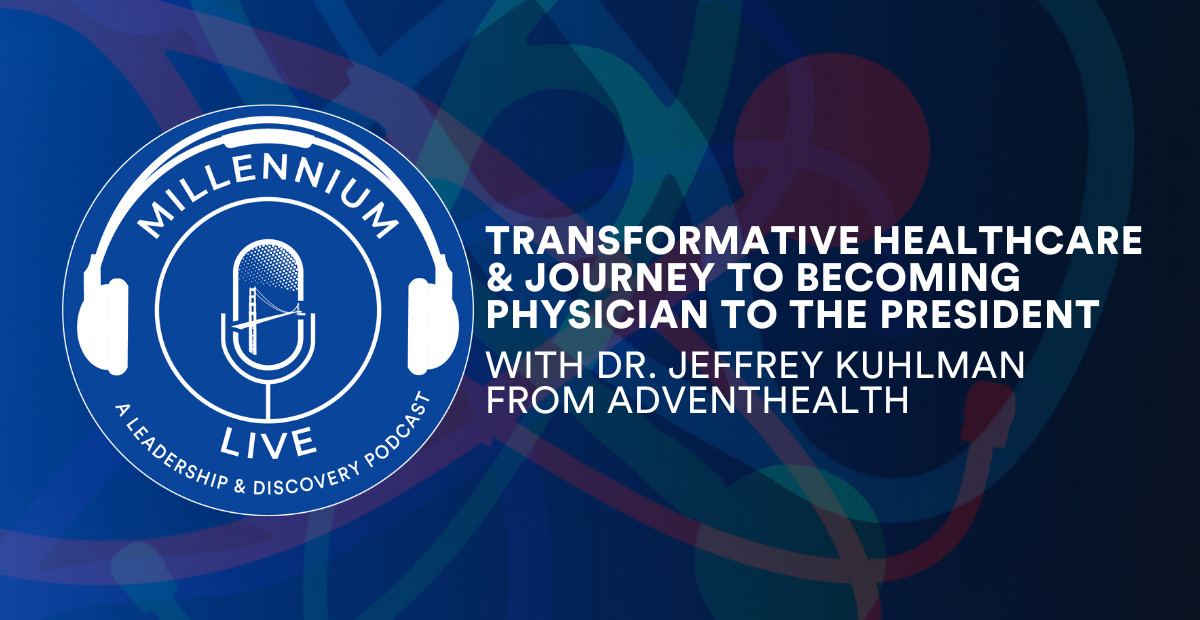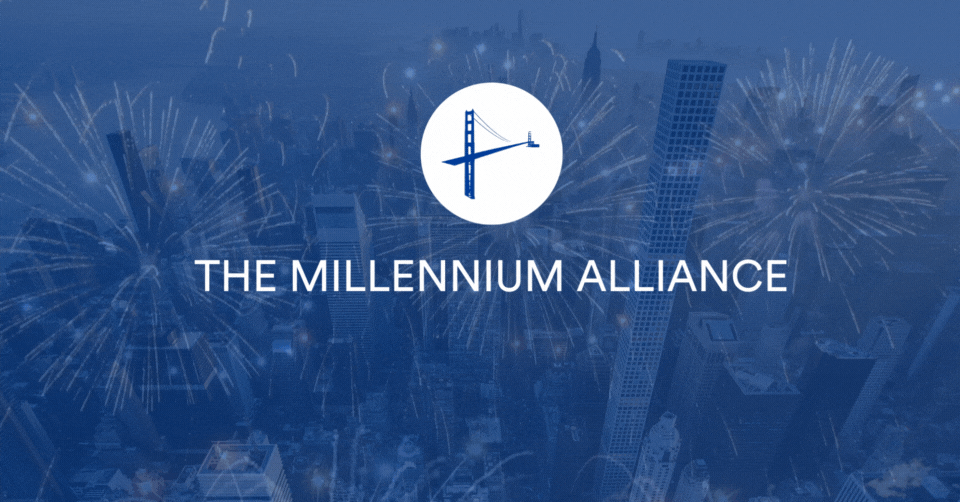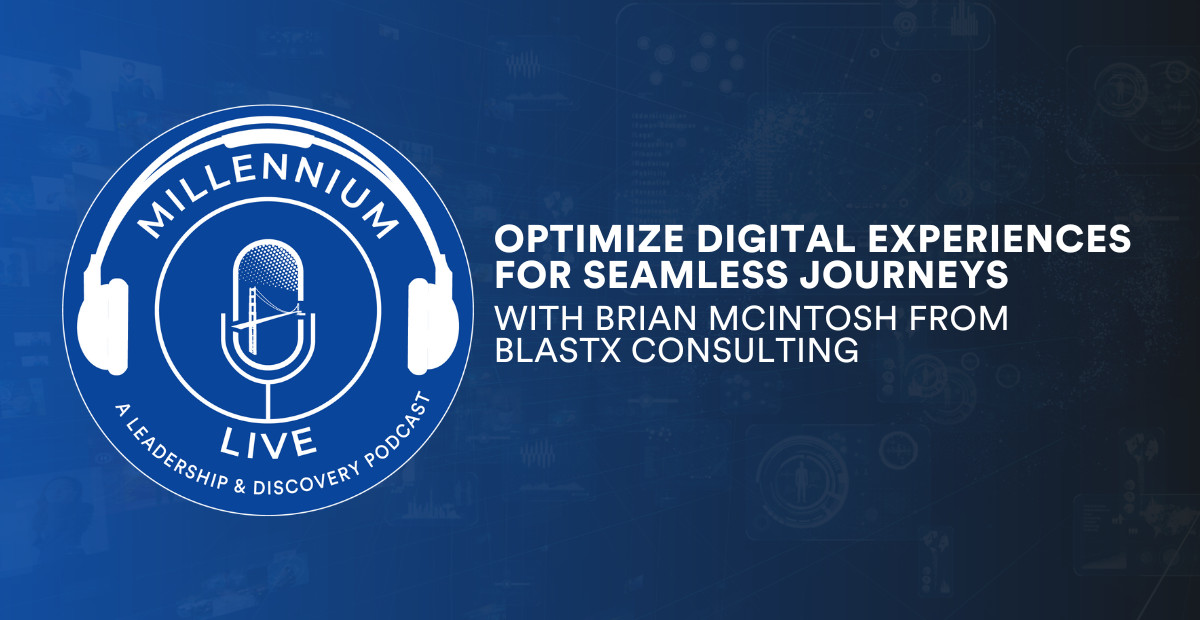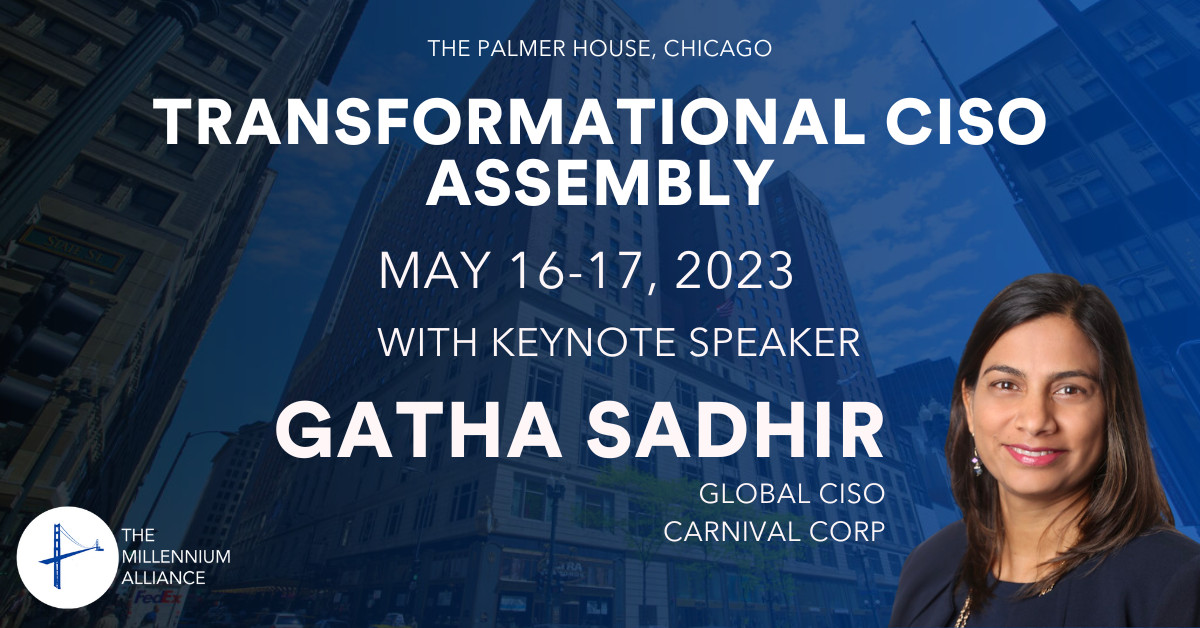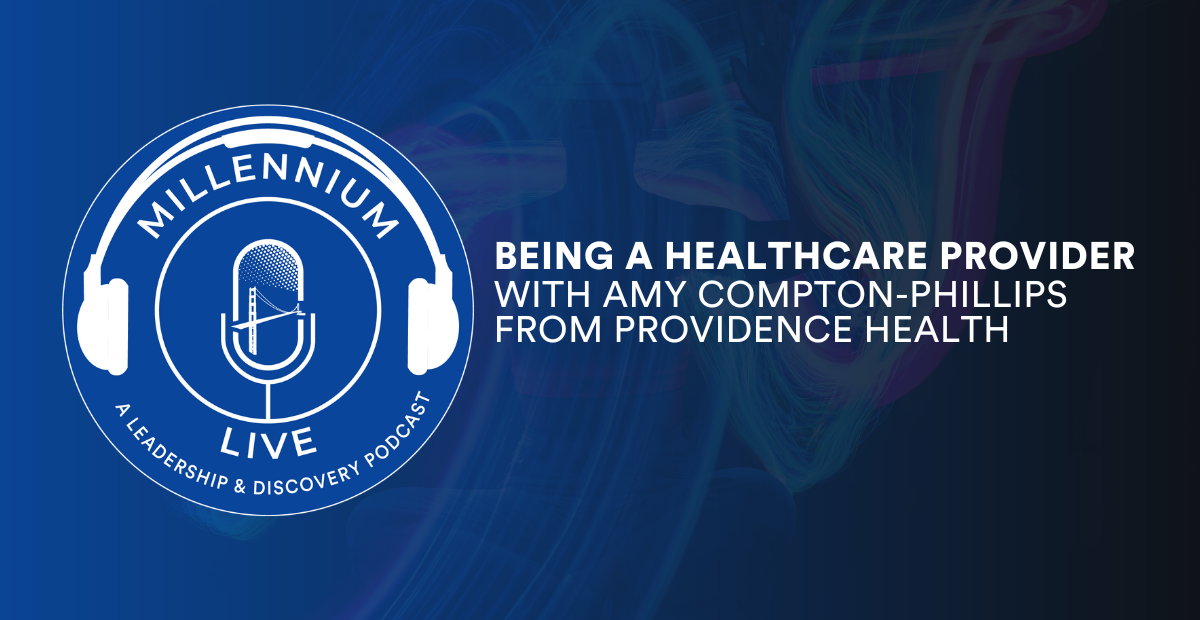NEW YORK – March 3, 2023 – This month, The Millennium Alliance is proud to be celebrating its 9th Anniversary. On the heels of an extremely successful year in 2022, Millennium is continuing to reach many new company milestones with each passing year. A few of the key milestones from this past year have included a pivot back to fully hosting in-person programs, cultivating partnerships with some of the most successful global brands, and surpassing a total of $20,000 in charitable donations through its charitable initiative The Millennium Mission.
Since its founding nearly a decade ago, The Millennium Alliance has remained committed to providing its members and technology partners with unparalleled opportunities to network and learn from many of the most successful and innovative business executives. Armed with a versatile portfolio of offerings, including its packed calendar of Two-Day Invite Only Assemblies, a powerful Digital Transformation Online Community, the rapidly growing #MillenniumLive Podcast Series approaching its 200th episode, along with industry-leading Executive Education Opportunities, Millennium has continued to expand its offerings in order to deliver an incredible level of value to its community.
“As I reflect on the past nine years since Rob and I founded Millennium, I am extremely proud of what we’ve been able to accomplish as a company during this time. We certainly wouldn’t be where we are today without the most talented team in the business or without the unwavering support of our amazing members and partners who have stuck by us every step of the way. Each year, we’ve continued to surpass the ambitious growth goals that we’ve set for ourselves as a company. As a result, we’ve set the bar extremely high for ourselves this year as we close in on a full decade as an organization, which I’m confident that we reach by the end of this year.” There’s never been a more exciting time to be a part of Millennium and I am looking forward to what I expect to be our most successful year yet.”
Alex Sobol, Co-Founder, The Millennium Alliance
For more information or to get in contact with The Millennium Alliance directly, contact info@mill-all.com.
About The Millennium Alliance
The Millennium Alliance is a leading technology and business educational advisory firm with the sole mission of helping to transform the digital enterprise. Through our executive education platform, peer-to-peer learning model via our senior-level Assemblies, exclusive research projects conducted with Ivy League academic institutions, and our numerous digital properties, we have become a trusted source for real-world tangible learning and engagement opportunities for senior executives and their technology partners.
This all started in 2014 when our founders, Alex Sobol & Rob Davis decided to create the most intimate, high-level & exclusive in-person and online think tank for leaders in a wide variety of industries within both the private and public sectors: The Millennium Alliance. Since its founding, Millennium has built a strong reputation nationwide, now with thousands of engaged Members, and was recently featured on the Inc. 5000 list of fastest-growing companies. The Millennium Alliance is headquartered in Midtown Manhattan.
Building upon its award-winning conference and executive education businesses, today, The Millennium Alliance continues to stay connected with its C-Suite Members and partners through intimate In-Person Assemblies, industry-leading Executive Education Opportunities, and by providing exclusive industry insights from the nation’s leading academics, business leaders, and technology providers via our 50+ annual events and The Digital Diary Content Platform, as well as the rapidly growing #MillenniumLive Podcast Series.

